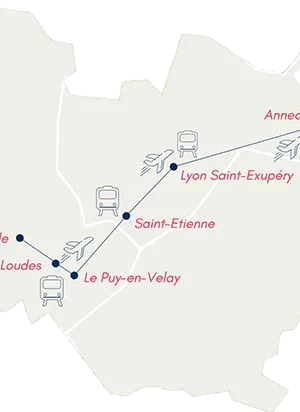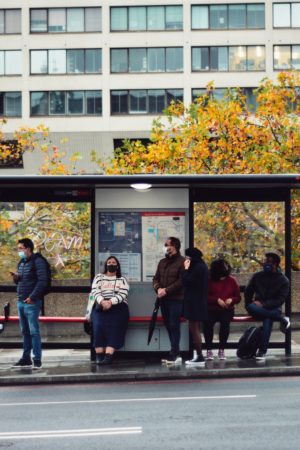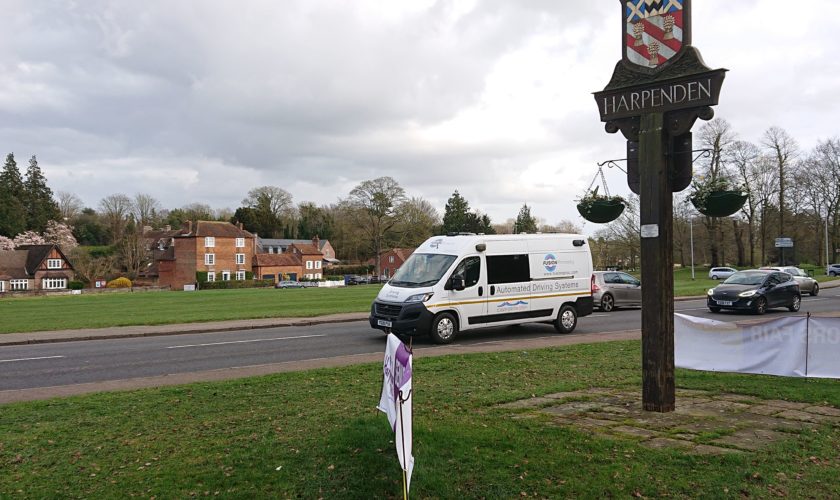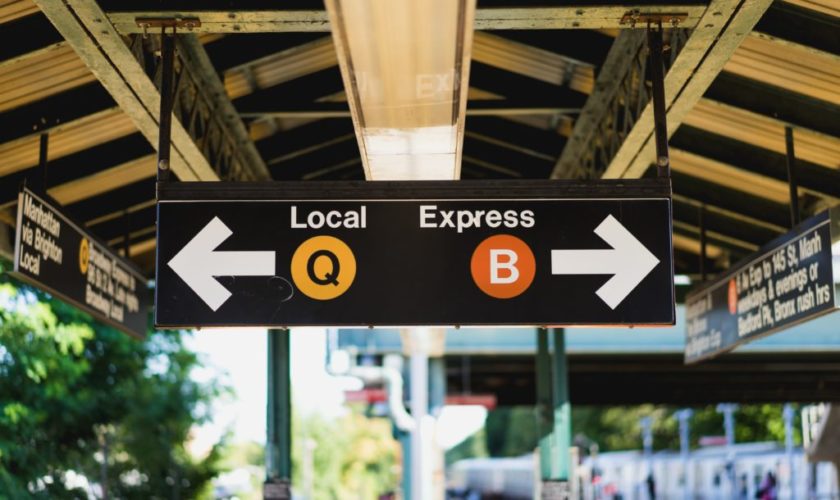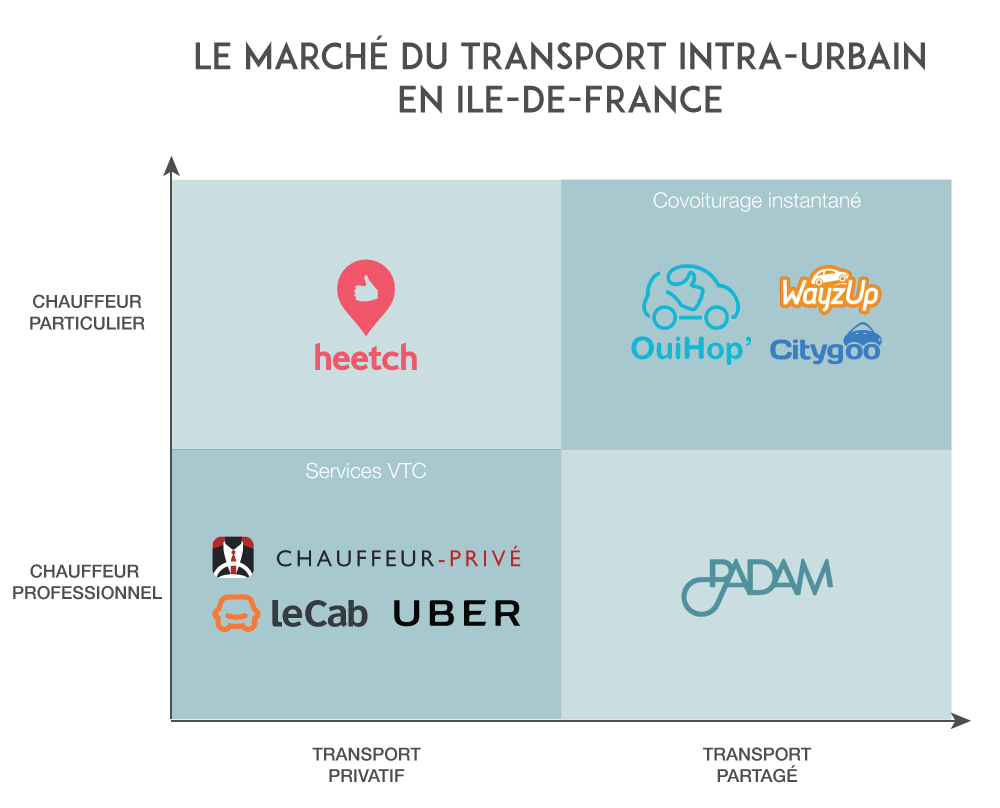Article by Jim Fleming, Director of Marketing at Fusion Processing Ltd
Padam Mobility, a provider of Demand-Responsive Transport (DRT) software solutions, is investigating a future concept for on-demand transport using autonomous buses.
Currently, Padam Mobility operates the DRT service “HertsLynx”, utilizing manually driven minibuses on behalf of Hertfordshire County Council.
To explore this new concept, Padam Mobility and the County Council have partnered with mobility consultancy Sustainicity and autonomous technology provider Fusion Processing Ltd in a project supported by Innovate UK.
Fusion Processing is conducting surveys of existing “HertsLynx” routes using an autonomous vehicle equipped with radar, lidar, and camera sensors. The aim is to evaluate these routes from the perspective of an autonomous vehicle.
The project will identify sections of these routes suitable for autonomous vehicles and areas needing modifications, such as addressing overhanging trees, complex road sections, or repainting road markings.
In a separate initiative from the Herts Lynx project, Fusion has collaborated with Alexander Dennis Ltd, the UK’s largest bus manufacturer. Together, they anticipate that an autonomous version of the new Enviro100, a small 25-seat electric bus, will be the first commercially available autonomous bus in the UK.
The companies plan to demonstrate an on-demand transport system with autonomous buses using this new vehicle on a test track in early 2025. Sales are expected later that year for off-highway locations like industrial sites and airports, followed by on-road applications in 2026, coinciding with anticipated new UK legislation.
This article might interest you as well: ‘HertLynx’ On-Demand Responsive Transport Expands to new Areas in Hertfordshire


